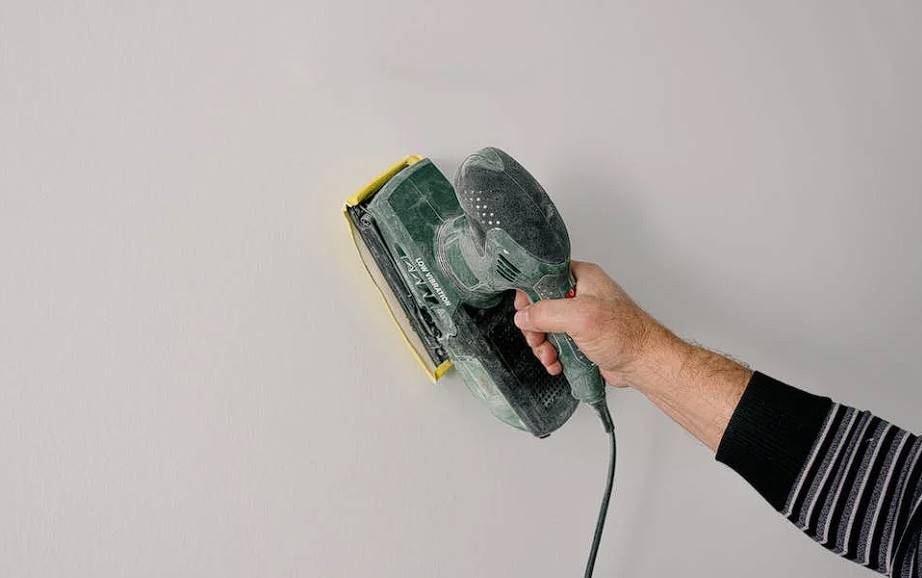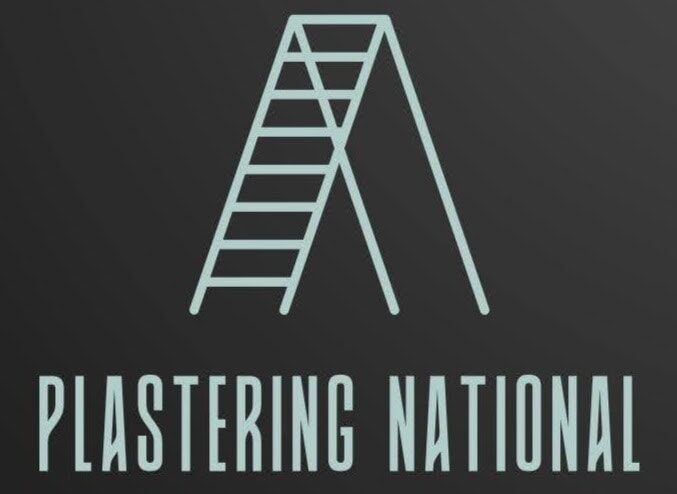Cement plaster is a widely used construction material made from cement, sand, and water. It is applied to walls and ceilings to create a smooth, durable surface.
This plaster can be used on internal and external walls. It provides a strong, protective coating that shields the underlying structure from the elements, wear, and impact.
It also serves as a foundation for paint or other decorative treatments. Cement plaster must be applied to a clean and moist surface to ensure proper adhesion.
Once applied, cement plaster dries into a tough finish that resists weathering and damage. Its advantages include its durability, fire resistance, and ability to protect buildings from environmental factors.
Let’s get straight to the point.
Cement plaster, a mixture of cement, sand, and water, is commonly used in construction for its durability, fire resistance, and protective qualities for walls and ceilings. It also offers benefits such as strength, energy efficiency, and versatility in application.
However, if improperly applied, it has drawbacks such as cracking, limited flexibility, and potential moisture retention. Maintenance may be required to enhance interior and exterior surfaces with a smooth, protective finish.
Despite its limitations, cement plaster remains a cost-effective and adaptable choice in building construction.
The Advantages Of Cement Plastering
Cement plaster offers several key benefits, making it a preferred choice in construction:
1. Durability And Strength
Cement plaster forms a strong, durable surface that withstands weathering, impact, and wear. Its robustness makes it suitable for both indoor and outdoor applications.
2. Fire Resistance
Cement plaster is fire-resistant, making it an excellent choice for building safety. This feature helps protect structures from fire hazards and offers homeowners peace of mind.
3. Protection From The Elements
External walls are constantly exposed to sun, wind, and rain, which can cause damage over time. Cement plaster acts as a protective barrier, shielding the walls from these elements and extending their lifespan.
4. Enhanced Aesthetics
Cement plaster provides a smooth surface, improving a building’s overall appearance. It can be painted or textured to suit various architectural styles, enhancing the look of both modern and traditional structures.
5. Versatility In Application
Cement plaster can be used on various surfaces, including brick, block, and stone. It is suitable for interior and exterior walls, making it a versatile option for many projects.
6. Energy Efficiency
Cement plaster helps improve energy efficiency by adding an insulation layer to walls. This extra layer reduces heat loss in winter and prevents excessive heat from entering during summer, contributing to lower energy bills.
7. Cost-Effectiveness
Once applied, cement plaster requires minimal maintenance, which helps save on long-term costs. Its durability also means less frequent repairs or replacements, further adding to its cost-effectiveness.
Drawbacks Of Cement Plastering
Despite its many benefits, cement plastering does have some limitations:
1. Cracking
Over time, cement plaster can develop cracks, especially if the underlying surface moves or settles. Cracks affect the visual appeal and allow moisture to seep in, leading to further damage.
2. Limited Flexibility
Cement plaster lacks the flexibility of newer alternatives like acrylic or polymer-based renders. This rigidity makes it more prone to cracking, particularly in areas subject to vibrations or structural movement.
3. Moisture Retention
Cement plaster can trap moisture within walls if applied incorrectly, leading to mould growth and structural damage. Proper installation and regular maintenance are required to avoid this issue.
4. Aesthetic Limitations
While cement plaster has a classic appearance, it may only suit some tastes. Other materials like acrylic or lime-based plasters may be more appropriate for those seeking a sleek, modern finish.
5. Maintenance
Cement plaster may require periodic maintenance, especially if cracks develop. This can involve patching, re-rendering, or applying a new coat of plaster, increasing the effort and cost.
Varieties Of Cement Plaster
Different types of plaster are used in construction, depending on the intended purpose. Here are some common varieties:
- Gypsum Plaster: Gypsum is a popular plastering material used for base and finishing coats. It is ideal for interior walls and ceilings and is commonly used over drywall or plasterboard.
- Cement Plaster: Cement plaster is typically used as a base to create a hard surface for brick or block layers. It can be applied manually or with a plastering machine. A plasticiser is often added to improve its workability.
- Lime-Based Plaster: This plaster consists of sand and lime in a 1:3 ratio. It is used as both a basecoat and a finishing coat. An additional layer of plaster is sometimes applied on top to achieve a smooth finish.
Each type of plaster serves different purposes. Magnetic plaster, for example, is used to create magnetic walls in kitchens and offices.
How Cement Plastering Works?
Cement plastering involves applying a mixture of cement, sand, and water to walls or ceilings to achieve a smooth, protective finish. This process strengthens walls and provides a clean surface for further decoration or treatment.
Here’s a step-by-step guide to applying cement plaster:
1. Surface Preparation
- Cleaning: Before plastering, the surface must be free of oil, dust, and loose particles.
- Moistening: If the surface is porous, dampen it to prevent it from absorbing water from the plaster mix too quickly.
- Priming: Use a primer to improve the plaster’s adhesion to the surface.
2. Mixing And Application Techniques
- Mixing: Follow the manufacturer’s instructions to combine cement plaster with water. Ensure the mixture is smooth and free of lumps.
- Application: The plaster is applied in thin layers. Using a trowel, start with a scratch coat, then add a brown and finishing coat.
- Feathering Edges: Smooth the edges of each layer to ensure a seamless transition between coats.
Common Problems With Cement Plastering And How To Prevent Them

Although cement plastering is a reliable method, it can sometimes present challenges. Here are some common issues and how to prevent them:
1. Adhesion Problems
Poor adhesion is a frequent issue in cement plastering. To avoid this, ensure the surface is clean and properly primed. Using a bonding agent can also improve the plaster’s adherence.
2. Cracking
Cracks can occur if the water-cement ratio needs to be corrected or the plaster mix must be applied correctly. To prevent cracking, maintain the correct mix proportions and apply the plaster in thin, even layers.
3. Uneven Surface
Achieving a smooth, even surface requires skill. Use appropriate tools and techniques to avoid an uneven finish, and consider using a levelling compound for extra precision.
Interior And Exterior Uses Of Cement Plaster
Cement plaster is a versatile material that can be used in various ways, both indoors and outdoors.
Interior Applications
- Wall Finishes: Cement plaster is popular for interior walls because it creates a smooth, polished finish. It also provides a solid base for paint, wallpaper, or other decorative treatments, allowing for flexibility in design.
- Decorative Elements: Cement plaster can create decorative elements such as mouldings, reliefs, and custom designs. These features can add character and elegance to a space, allowing homeowners to personalise their interiors.
Exterior Applications
- Protection for External Walls: Cement plaster is commonly used to protect external walls from the weather. It provides a durable, water-resistant barrier that prevents damage caused by rain, wind, and other environmental factors. This helps maintain the structural integrity of the building over time.
- Improved Curb Appeal: Cement plaster can significantly enhance the appearance of a home’s exterior. It can be textured, coloured, or painted to create various looks, from traditional to contemporary, boosting the property’s curb appeal and overall value.
Conclusion
Cement plaster is a durable and versatile material that is critical in construction. Its strength, fire resistance, and ability to protect buildings from the elements make it a popular choice for indoor and outdoor applications.
While it has some drawbacks, such as cracking and moisture retention, proper application and maintenance can mitigate these issues.
Whether used for interior wall finishes or exterior protection, cement plaster offers a cost-effective solution that enhances the appearance and lifespan of buildings.
Its adaptability to different architectural styles and energy-saving benefits make it valuable in modern and traditional construction.
Frequently Asked Questions
What Are the Main Benefits of Cement Plaster?
Cement plaster provides durability, moisture resistance, and a strong finish. It adheres well to masonry surfaces, offers fire resistance, and creates a smooth base for painting or decorating, making it ideal for interior and exterior applications.
Is Cement Plaster Suitable for All Surfaces?
Cement plaster works best on masonry surfaces like brick and concrete. Without proper preparation, it may not adhere well to smooth or non-porous surfaces, requiring bonding agents or a rough base for effective application.
Does Cement Plaster Prevent Moisture Damage?
Cement plaster is moisture-resistant but not waterproof. In highly humid areas, waterproofing compounds or sealants are necessary to prevent water infiltration and long-term damage like cracks or efflorescence.
What Are the Common Drawbacks of Cement Plaster?
Cement plaster can develop cracks over time due to shrinkage and thermal expansion. It requires skilled application and proper curing and may not be as flexible as other plaster types, leading to potential surface imperfections.
How Long Does Cement Plaster Take to Cure?
Cement plaster typically requires 7 to 14 days to cure properly. Keeping the surface moist during curing is essential to prevent cracks and ensure a strong, long-lasting finish.


